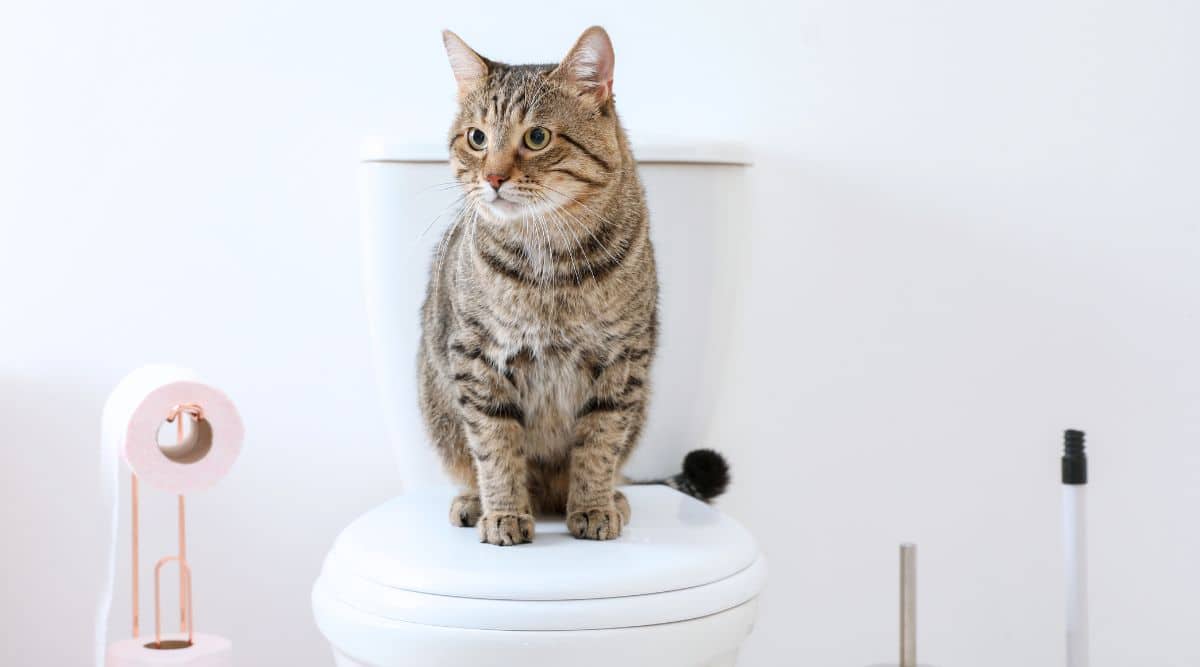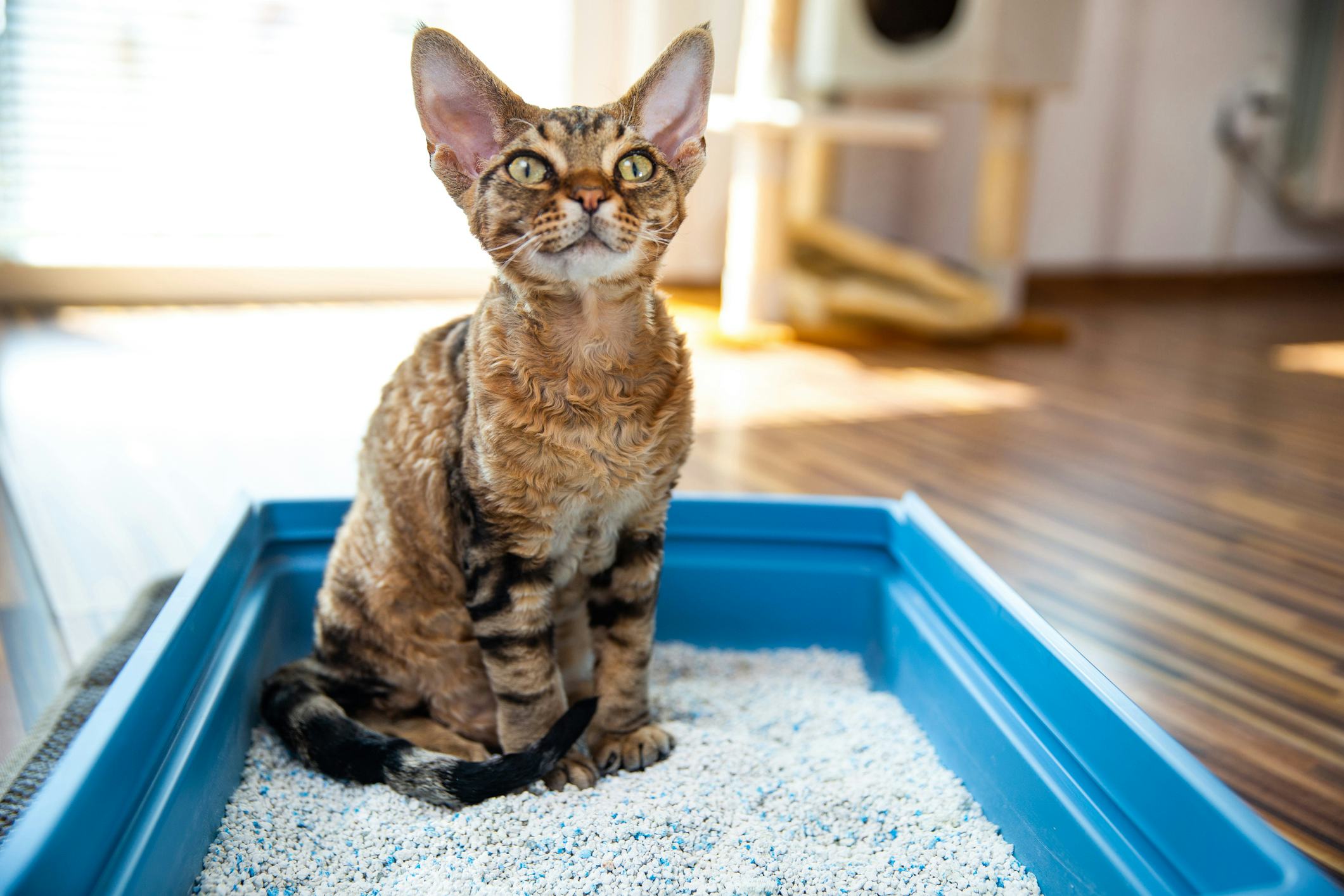When You Should Avoid Flushing Animal Waste Down the Toilet
When You Should Avoid Flushing Animal Waste Down the Toilet
Blog Article
We've discovered the article on Should you flush animal waste down the toilet directly below on the web and think it made sense to write about it with you over here.

When it comes to dealing with waste, particularly animal waste, many individuals commonly turn to the practical alternative of flushing it down the bathroom. Nonetheless, this relatively simple remedy can have serious effects for the environment and public health. In this write-up, we'll explore why flushing pet waste down the bathroom is a negative concept and give different approaches for appropriate disposal.
Introduction
Appropriate garbage disposal is crucial for maintaining ecological sustainability and public health. While it might seem safe to flush animal waste down the bathroom, it can result in different issues, both for the atmosphere and human health.
Threats of flushing animal waste
Environmental effect
Flushing animal waste presents dangerous bacteria and virus right into waterways, which can negatively influence marine communities. These pathogens can contaminate water sources and harm marine life, interrupting delicate environments.
Public health concerns
Animal waste has damaging microorganisms such as E. coli and Salmonella, which can present significant wellness threats to human beings. Flushing pet waste down the toilet can infect water supplies, resulting in the spread of illness and infections.
Alternatives to flushing
As opposed to purging pet waste down the toilet, there are several alternate disposal techniques that are extra eco-friendly and sanitary.
Composting
Composting pet waste is an eco-friendly method to deal with it. By composting, organic matter is broken down into nutrient-rich soil, which can be made use of to fertilize gardens and plants.
Garbage dump disposal
Disposing of animal waste in a garbage dump is an additional choice. While not as environmentally friendly as composting, it is a more secure choice to flushing, as it protects against the contamination of water resources.
Pet dog garbage disposal systems
There are customized family pet waste disposal systems readily available that securely and hygienically take care of animal waste. These systems usually utilize enzymes to break down waste and eliminate smells.
Actions to correct animal waste disposal
To guarantee correct disposal of animal waste, comply with these actions:
Scooping and landing waste
Regularly scoop and bag animal waste using biodegradable bags. This prevents waste from infecting the environment.
Using designated waste bins
Dispose of bagged pet waste in marked waste containers, such as garden compost bins or land fill bins. Prevent flushing it down the commode at all costs.
Cleaning up litter boxes and animal locations on a regular basis
Routinely tidy litter boxes and animal locations to stop the buildup of waste and bacteria. Usage pet-safe cleansing products to keep health.
Advantages of proper disposal techniques
Taking on proper disposal techniques for animal waste supplies numerous benefits:
Decreased environmental pollution
Correct disposal approaches minimize the threat of environmental pollution, safeguarding waterways and ecological communities from contamination
Lessened risk of water contamination.
By preventing flushing pet waste down the toilet, the threat of water contamination is dramatically lowered, safeguarding public health.
Improved sanitation and health
Correct disposal methods advertise much better hygiene and hygiene, creating a safer atmosphere for both people and animals.
Conclusion
To conclude, flushing pet waste down the commode is damaging to the atmosphere and public health. By adopting different disposal approaches and following appropriate waste management methods, we can reduce the adverse influence of pet waste and add to a cleaner, much healthier world.
What To Do With Dog Poo – The Do's And Don'ts Of Disposing Of Faeces
Dog poo bins
Some councils provide dedicated dog waste bins in popular dog-walking areas that can take dog poo that has been bagged but you can legally dispose of dog waste in any public litter bin, as long as it is securely bagged. This also applies to your wheelie bin at home.
Do not flush
Water companies do not recommend flushing dog faeces down the toilet because certain parasites can survive the water processing treatment and are potentially harmful to humans. You should also never consider flushing dog poo that has been bagged down the toilet as the bags will not break down and instead create severe blockages in the sewage system.
In the woods
The Forestry Commission promotes a ‘stick and flick’ method for dealing with waste in the woods. This means finding a stick and using it to flick any poo from off the path so that it is out of the way of other walkers. You could also bury it as long as it is not in an area where there might be livestock.
Livestock
Parasites found in dog poo can be transmitted to livestock if they inadvertently eat infected faeces that has been left on grazing land. This could result in the death of sheep or abortion in cattle so you should always make sure you pick up your dog’s waste in fields where livestock could be present.

Routinely tidy litter boxes and animal locations to stop the buildup of waste and bacteria. Usage pet-safe cleansing products to keep health.
Advantages of proper disposal techniques
Taking on proper disposal techniques for animal waste supplies numerous benefits:
Decreased environmental pollution
Correct disposal approaches minimize the threat of environmental pollution, safeguarding waterways and ecological communities from contamination
Lessened risk of water contamination.
By preventing flushing pet waste down the toilet, the threat of water contamination is dramatically lowered, safeguarding public health.
Improved sanitation and health
Correct disposal methods advertise much better hygiene and hygiene, creating a safer atmosphere for both people and animals.
Conclusion
To conclude, flushing pet waste down the commode is damaging to the atmosphere and public health. By adopting different disposal approaches and following appropriate waste management methods, we can reduce the adverse influence of pet waste and add to a cleaner, much healthier world.
What To Do With Dog Poo – The Do's And Don'ts Of Disposing Of Faeces
Dog poo bins
Some councils provide dedicated dog waste bins in popular dog-walking areas that can take dog poo that has been bagged but you can legally dispose of dog waste in any public litter bin, as long as it is securely bagged. This also applies to your wheelie bin at home.
Do not flush
Water companies do not recommend flushing dog faeces down the toilet because certain parasites can survive the water processing treatment and are potentially harmful to humans. You should also never consider flushing dog poo that has been bagged down the toilet as the bags will not break down and instead create severe blockages in the sewage system.
In the woods
The Forestry Commission promotes a ‘stick and flick’ method for dealing with waste in the woods. This means finding a stick and using it to flick any poo from off the path so that it is out of the way of other walkers. You could also bury it as long as it is not in an area where there might be livestock.
Livestock
Parasites found in dog poo can be transmitted to livestock if they inadvertently eat infected faeces that has been left on grazing land. This could result in the death of sheep or abortion in cattle so you should always make sure you pick up your dog’s waste in fields where livestock could be present.

I recently found that blog posting about Can You Flush Dog and Cat Poo Down the Toilet? when surfing around the internet. I beg you take the opportunity to distribute this blog post if you liked it. I appreciate your readership.
Get Started Report this page